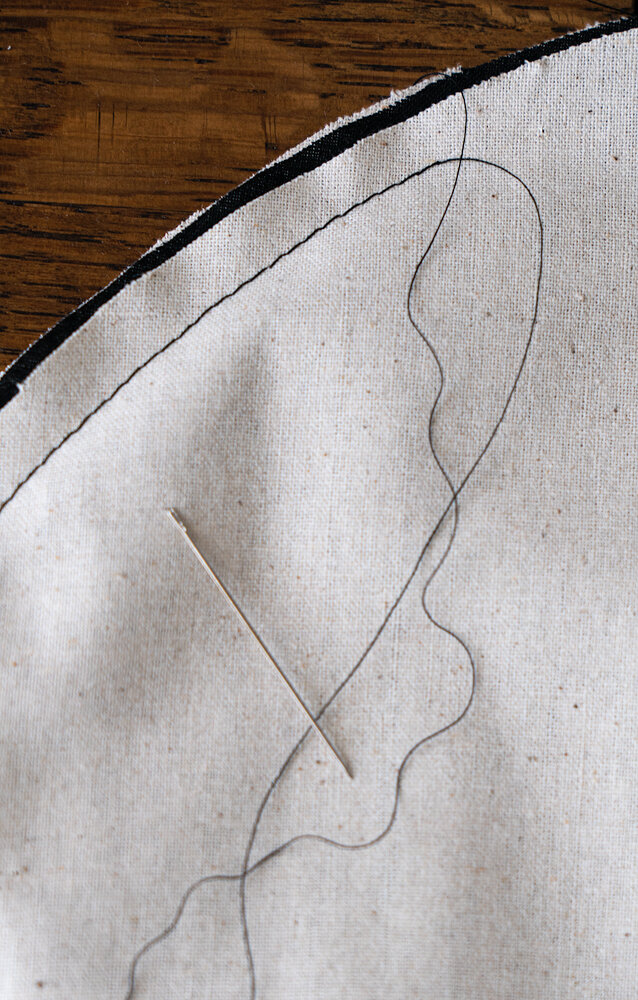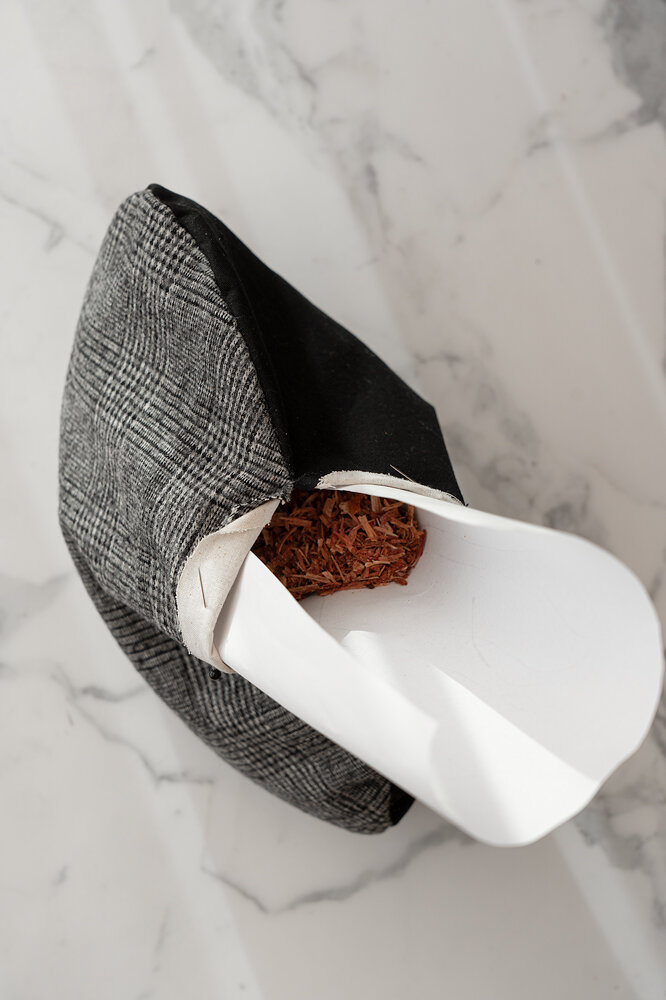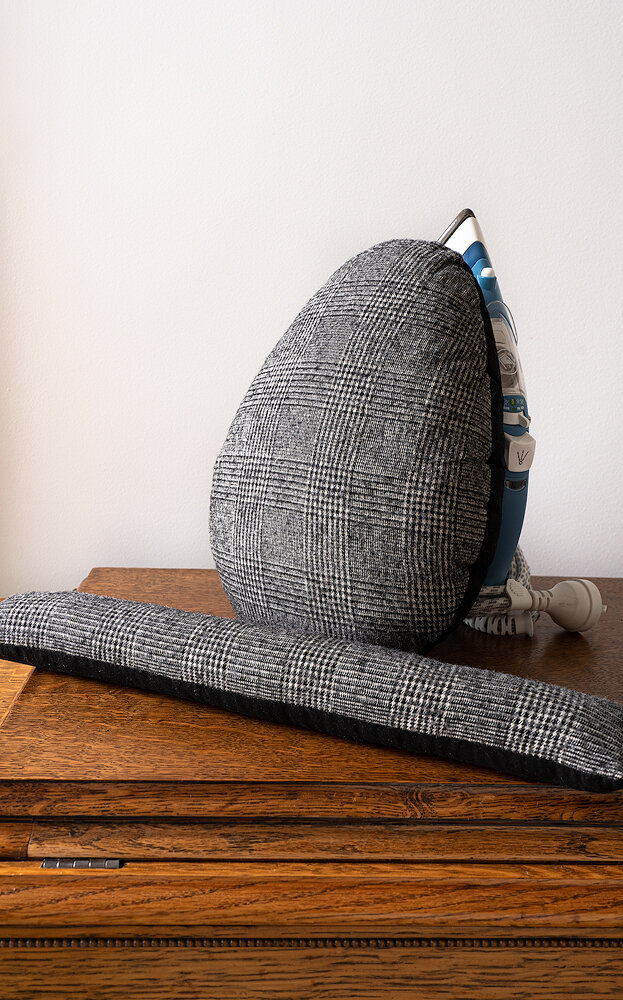Tailors ham and sleeve roll
While cooking has been an interest of mine for the last few years, it also has had one glaring downside - the expansion of my waistline. Hence in attempt to distract myself from yet another biscuit recipe, I have decided to finally pick up one of mine bucket list hobbies - sewing. Fashion as such has never been an interest of mine or should I say I have never had any interest to be fashionable. However the actual construction of the clothes, the skill that takes to make them and clothing from the bygone era is something I have long since been admiring from afar. So earlier this year I decided to stop making excuses and learn the skill myself.
Let me warn you upfront. You won’t find any sewing tutorials here (as I hardly am qualified to do so), nor any of the newest and hottest pattern reviews and the mandatory showcase of the latest addition for my wardrobe. I believe that is just another way to encourage mindless consumerism and it is not something I want to be part of. However what you will find here is a diary of sorts that will document progress of my projects and any new techniques that I have discovered and learned along the way.
I had been postponing the purchase of sewing machine over the last few years because A) I didn’t have any space for it and B) unless you are prepared to spend a lot of money, the modern sewing machines are made rather cheaply and are part of the planned obsolescence economy; I prefer to buy things that will last a long time. In the end I did buy a sewing machine but a second hand one. In fact I bought an antique sewing machine. Meet Bonnie. She is a beautiful 100 year old Scottish lass, that has been lovingly restored and is ready for a wee bit of fun once more.
I found her on eBay and, by the grace of Dionysus, she survived the interstate move from Melbourne to Perth and arrived all in one piece and good condition. There may or may not had been an existential life crisis and copious amounts of soul comforting wine and brownies involved.
Now that the introductions have been made it is time for some sewing, but before I can get to the main event - the making of my own clothes, I have two small projects that I would like to share. First is more of a necessity, second - a gift. While pincushions are often cited as a good starting point from where to begin with, I already have made one, hence I thought to make something just as simple - tailors ham and sleeve roll. Tailors ham is a densely stuffed “pillow” that you use when pressing curved edges and sleeve roll is the same thing only shaped as a long sausage and used mostly for, you guessed it, sleeves.
It is best to use breathable, sturdy, natural fibre fabrics, that can absorb moisture and dry quickly. Both the ham and sleeve will be used under steamy iron so those qualities are a must. Same goes with the stuffing, sawdust is most often recommended (that is what I used) but, if you have enough fabric scraps, they will also work. Just remember you will need more than you thought you would! I took the measurements and instructions from the Merchant and Mills Sewing book. As it is a simple egg shaped pillow, a pattern is not really necessary and can be just hand drawn, however here is one (and another one) that you can download for free. The sleeve roll is just a 10cm x 45cm rectangle whose corners have been rounded on one end.
There isn’t much to tell about the construction of ham and sleeve as everything is straight forward. I traced the pattern to the fabric, one layer was wool and the other - cotton, and cut it out. Sewed the pieces with right sides facing each other together leaving a small gap/notch through where the stuffing can be added. That was done with 1cm seam allowance. Then I turned them inside out and stuffed the bejesus out of them, stopping once in a while to compress the sawdust as much as possible. When I thought that I could not possibly add any more, I stuffed some more. It is best done outside as it will be a messy job. The result should look like an aftermath of Christmas dinner - add a drop more and everything will explode. Lastly I sewed everything closed with a slip or ladder stitch.
One thing to note is that the book told you to cut the fabric for just one layer, however after stuffing the sleeve roll it felt a bit bumpy and rough. Hence while making the tailors ham, I cut out two extra layers of tightly woven calico for the inside layer and the end result felt a lot smoother and stiffer. I would suggest you do the same.













